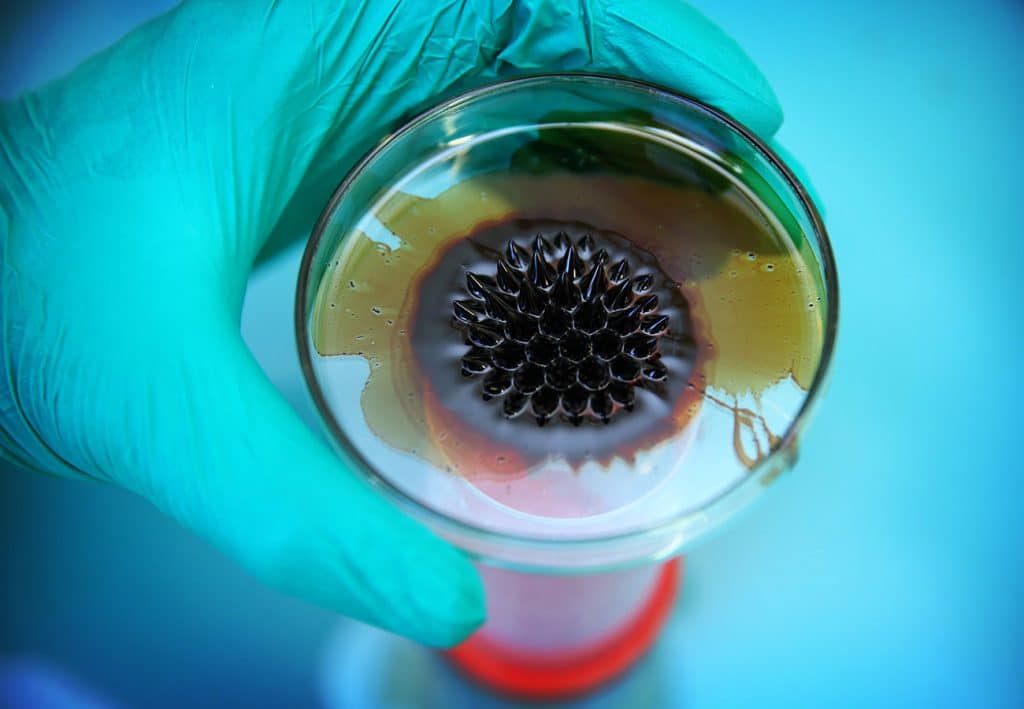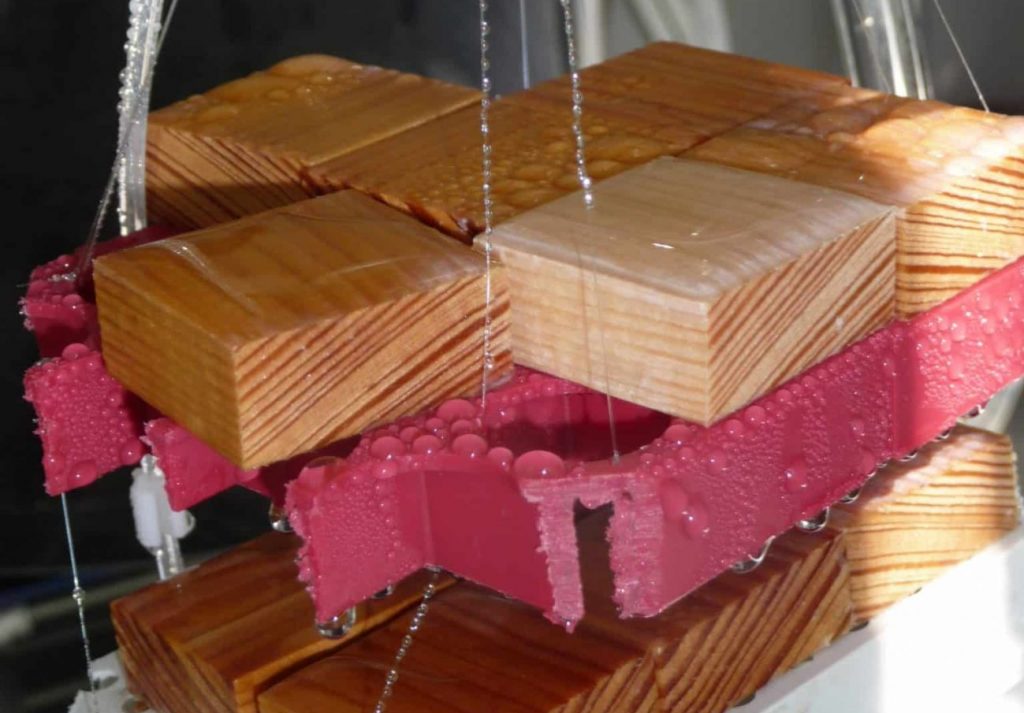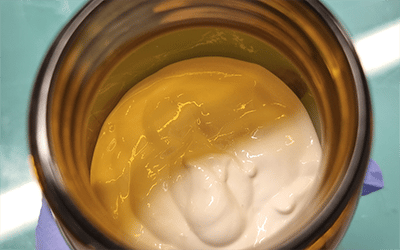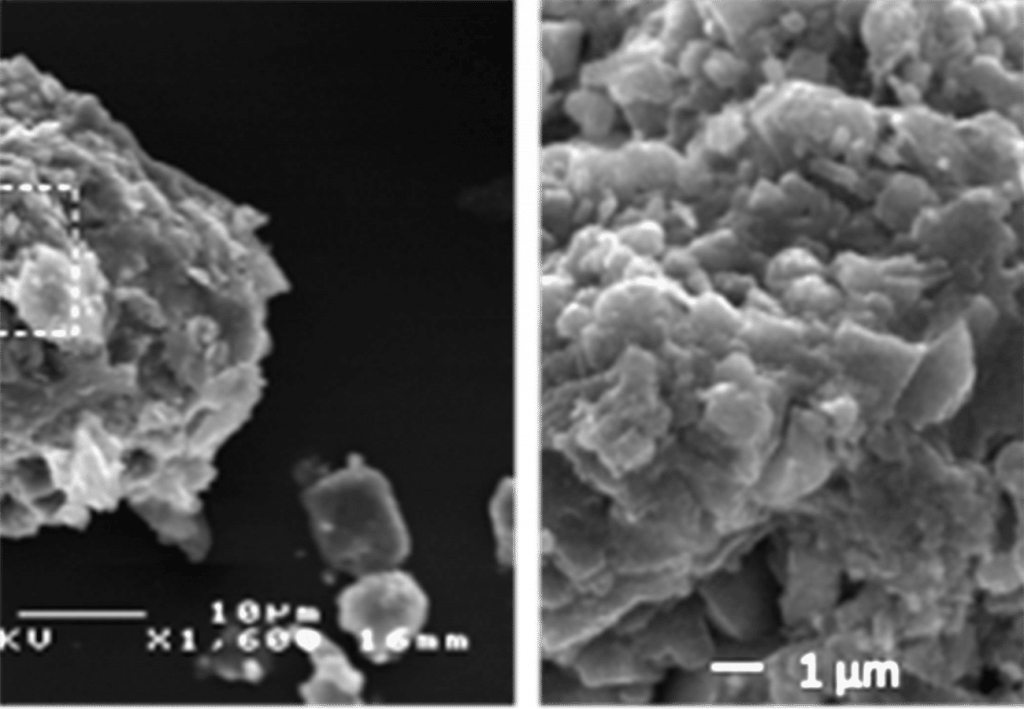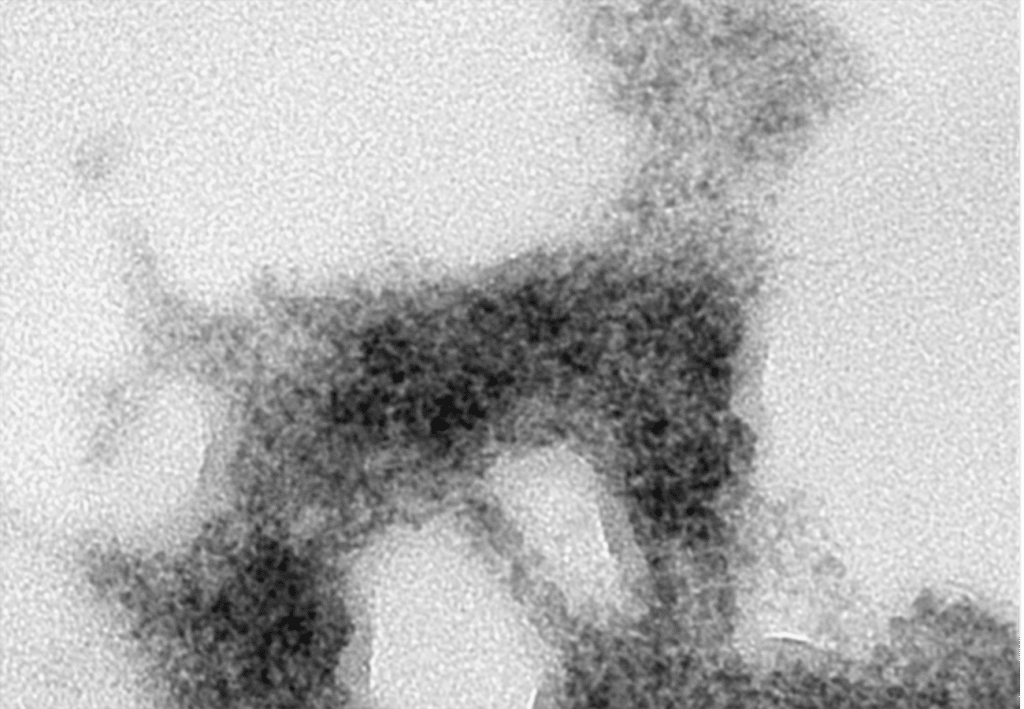Advanced materials and nanotechnologies for the environmental transition
Our knowledge of the structural and interfacial properties of (nano)materials and their dynamics and impacts in ecosystems, as well as in materials synthesis and characterisation, and in the development of databases dedicated to environmental nanosafety, opens up numerous prospects for the development of advanced bio/geo-inspired materials in a context of environmental and energy transition.
Whether we are developing materials included in consumer products or those belonging to processeswe characterise their efficiency, durability, recyclability and safety via an ' approachSustainable And Safer by Design'. We are focusing our efforts on nano-materials for which variations in surface energy or quantum confinements can modify their chemical stability and optical, electrical or catalytic properties (e.g. foliar nanofertilisers for improved absorption by plants, geoinspired nano-oxide-based paints for improved IR reflectivity and energy efficiency, nano-adsorbents for the extraction of pollutants and critical metals). This work is part of national (e.g. BIAM, ICSM, LITEN) and international (e.g. LEITAT, IRP iNOVE with Duke univ. US, Macmaster Canada) collaborations with industrial players (e.g ALLIOS, TOTALENERGIES), via ANSES, ANR and H2020 funding or targeted funding (Horizon Europe, PEPR DIADEME and Ville Durable).
Ongoing projects
- 2022-2024: Carnot BioFlocs project. Nature-based solutions for agglomerating and structuring wastewater and sludge for separation.
- 2022-2025: ANR SURFMEMO project. Mineral Surfaces: Origin and archive of biological information.
- 2022-2025 : National Programme ANSES 2021-EST-126 UV-FILTER. Emission, fate and environmental effects of UV filters from sunscreens - Benefits and risks of chemical or nanoparticulate substances.
- 2021-2026 : NSF Accelnet INFRAMES project. Network of Networks to Advance International Efforts for Sustainable Materials.
- 2020-2024 : H2020 project SABYNA (European project H2020-NMBP-TO-IND-2019) : A guidance platform to support the development of safer nanomaterials
www.sabyna.eu - 2018-2023: Project H2020 NANOINFORMATICS (European project H2020-NMBP-13-2018) Development and Implementation of a Sustainable Modelling Platform for NanoInformatics
www.nanoinformatix.eu - 2018-2023 : Project H2020 GOV4NANO (European project H2020-NMBP-13-2018). Implementation of Risk Governance. www.gov4nano.eu



